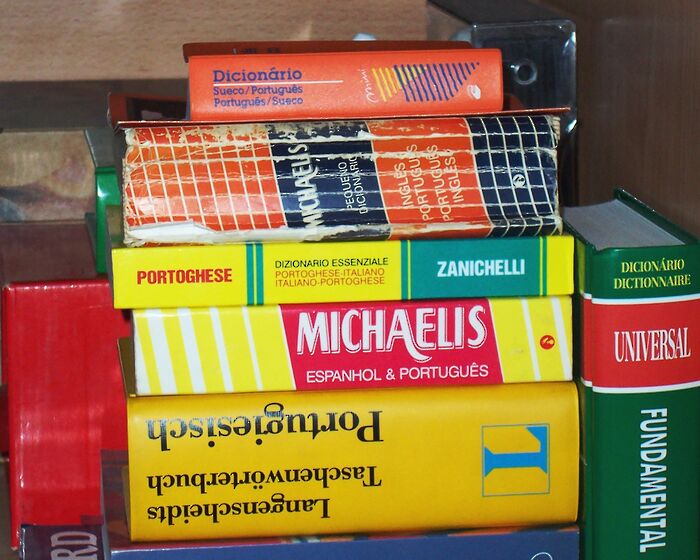Albanez: Exploring my mixed-race identity at NU has been invaluable experiencePosted in Articles, Autobiography, Campus Life, Census/Demographics, Media Archive, United States on 2017-05-10 17:42Z by Steven |
Albanez: Exploring my mixed-race identity at NU has been invaluable experience
The Daily Northwestern
2017-05-09
Andrea Albanez, Op-Ed Contributor
In 2011, The New York Times published an article about how many young Americans were no longer defining themselves as one single race, but rather beginning to cast themselves under multiple races or calling themselves “mixed-race.” According to the article, “the crop of students moving through college right now includes the largest group of mixed-race people ever to come of age in the United States.”
I identify as a mixed-race American. I encompass an array of nationalities that define who I am biologically: Filipino from my mother’s side and Mexican, Portuguese, French and German from my father’s side. I have met many students and peers just within my first year at Northwestern that share this commonality of mixed-race background along with me. Yet though identifying as mixed is so common now, how a mixed-race individual can identify themselves in society is still a difficult feat to overcome.
As I am a makeup of 5 different races, I myself have only identified closely with two out of my five races: Filipino and Mexican, which makes up 75 percent of my overall racial identity. This is prominently because my parents shared those two ethnicities’ cultures and practices more so than those of French, Portuguese and German, which they had lesser affinities with. Because of this, I have solely defined Filipino and Mexican as my ethnicities. Yet even so, I still do not feel as strong of a connection to my ethnicities as I wish or hope to be…
Read the entire article here.







